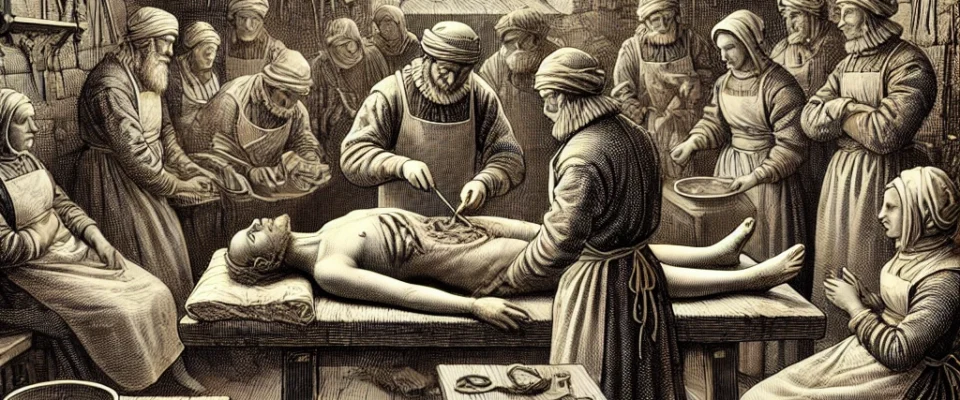Surgery was performed without anesthetics; doctors simply operated on patients, cutting their bones and attaching arteries while they were fully conscious. These were the surgeries in the medical field during the Middle Ages, when anesthetics had not yet been invented.
Performing surgery without any anesthesia
The Daily Mail reported that a new book titled “Crucial Interventions” by medical historian Richard Barnett, has published extremely detailed photographs of rare surgeries from the 17th, 18th, and 19th centuries. These horrifying images depict moments such as eyeballs being pierced, brains being sliced, and feet being “cleanly cut off” – all carried out without any anesthesia.
Most patients died from shock after surgery, infections, or blood loss. In some hospitals in London, the post-surgery mortality rate was as high as 80%.
Images of Medieval Surgeries
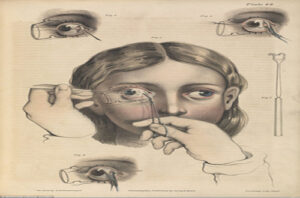
This image is taken from an 1846 textbook depicting eye surgery to correct ‘crossed eyes.’ In the 19th century, surgical techniques were improved, illustrated in color, and printed in books for the first time.
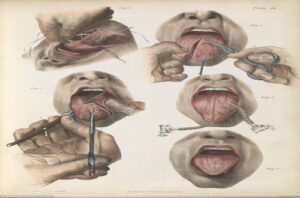
Doctors are performing surgery to remove cancerous cells from the tongue by splitting it in half, excising the tumors, and then stitching it back together. Anesthesia and antiseptics were invented later in this century.
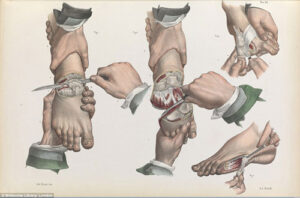
An image from 1841 shows how doctors amputated toes and feet. Simply, they just cut them off with a knife. Most patients died from post-operative shock, infection, or blood loss.
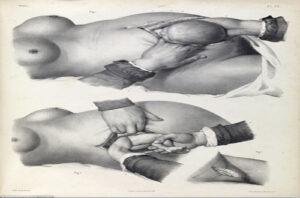
The photo depicts a painful process of a cesarean section, at a time when anesthetics were not yet used. Before the 19th century, the post-surgery mortality rate was 80% in some hospitals in London (England).
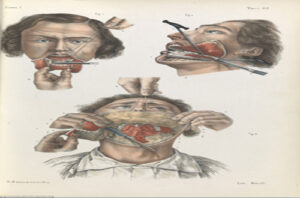
Horrifying: An image from an 1841 surgery book shows how doctors and surgeons would reconstruct the lower jaw to prevent oral diseases. In 1865, Joseph Lister discovered antiseptics, allowing surgeons to perform more complex procedures.
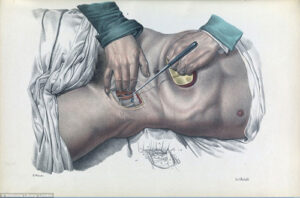
An image from 1841 shows doctors stitching an artery in the groin area using a suture and a needle hook, while compressing the abdomen to reduce blood flow.
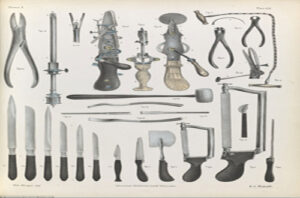
An image from an 1841 textbook showing the surgical instruments that doctors used in bone and organ surgeries.

This image, from around 1675, depicts the treatment of a lacrimal fistula (a small lesion near the eye) for a nun.
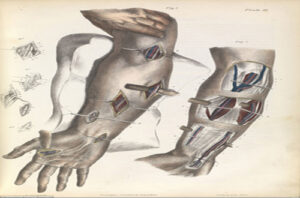
An image from 1866 shows how doctors and general practitioners tied off arteries in the arm and elbow to stop bleeding.
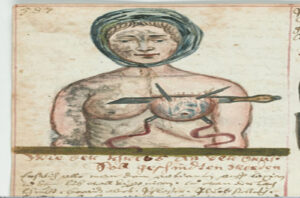
The image from around 1675 depicts a mastectomy procedure.
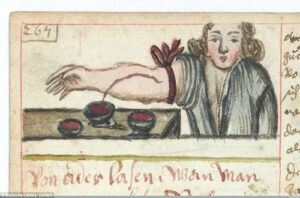
Another image from around 1675 depicts a bloodletting procedure.
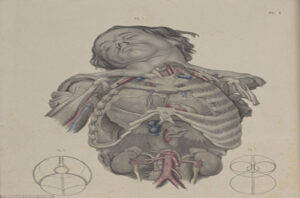
A diagram in an 1856 book shows doctors performing a chest surgery, exposing the pulmonary blood vessels and the heart.

